-
![3,9-Bis(1,1-dimethyl-2-hydroxyethyl)-2,4,8,10-tetraoxaspiro[5.5]undecane CAS:1455-42-1](https://cdn.globalso.com/xindaobiotech/V3@A6KDXTE0I05WML89.png)
3,9-Bis(1,1-dimethyl-2-hydroxyethyl)-2,4,8,10-tetraoxaspiro[5.5]undecane CAS:1455-42-1
3,9-Bis(1,1-dimethyl-2-hydroxyethyl)-2,4,8,10-tetraoxaspiro[5.5]undecane is a chemical compound with the molecular formula C18H36O6. It contains spirocyclic structure with ethylene glycol side chains. This compound is known for its unique molecular architecture and potential applications in various fields.
-

2-HydroxypyridineN-oxide CAS:13161-30-3
2-Hydroxypyridine N-oxide is a chemical compound with the molecular formula C5H5NO2. It is a crystalline solid characterized by a hydroxyl group attached to a pyridine ring. This compound is known for its unique structure and reactivity in chemical processes.
-
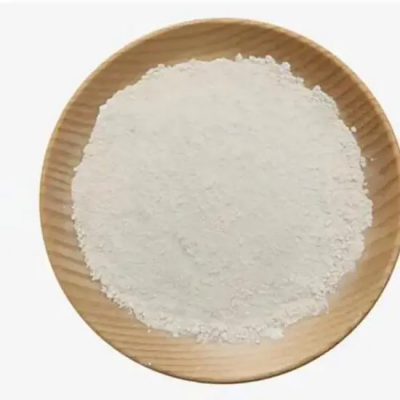
2-N-Propyl-4-Methyl-6-(1′-Methylbenzimidazol-2-Yl)Benzimidazole CAS:152628-02-9
2-N-Propyl-4-Methyl-6-(1′-Methylbenzimidazol-2-Yl)Benzimidazole is a chemical compound with the molecular formula C26H29N5. It consists of a benzimidazole core substituted with propyl, methyl, and methylbenzimidazolyl groups. This complex structure demonstrates its potential for diverse applications in various fields.
-

1,10-Diaminodecane CAS:646-25-3
1,10-Diaminodecane is a chemical compound featuring two amino groups separated by a ten-carbon chain. It is commonly used in organic synthesis and polymer chemistry due to its bifunctional nature, allowing for the formation of various derivatives and polymeric structures.
-
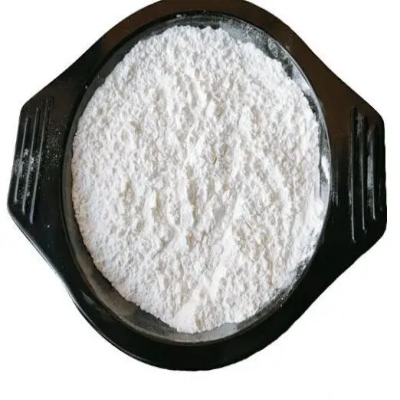
Ceftazidime pentahydrate CAS:78439-06-2
Ceftazidime pentahydrate is a form of the antibiotic ceftazidime that contains five molecules of water per molecule of ceftazidime. This hydrate form provides increased stability and solubility, enhancing its pharmaceutical properties. Ceftazidime is a third-generation cephalosporin antibiotic known for its broad-spectrum activity against Gram-negative bacteria, making it valuable in the treatment of various infections.
-

Ceftibuten anhydrous CAS:97519-39-6
Ceftibuten anhydrous is a formulation of the antibiotic ceftibuten without water molecules, offering improved stability and handling characteristics. It belongs to the third-generation cephalosporin class of antibiotics known for their efficacy against various bacterial infections. Ceftibuten anhydrous is commonly used in clinical practice for its broad-spectrum activity against Gram-negative bacteria.
-

Cefsulodin sodium salt CAS:52152-93-9
Cefsulodin sodium salt is a cephalosporin antibiotic formulation that combines cefsulodin with sodium for improved stability and solubility. It belongs to the third-generation cephalosporin class of antibiotics and is known for its effectiveness against certain Gram-negative bacteria. Cefsulodin sodium salt is commonly used in research settings and clinical laboratories for microbiological studies due to its selective activity against specific bacterial strains.
-
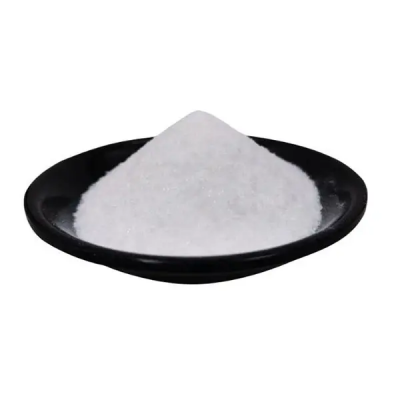
Ceftibuten CAS:97519-39-6
Ceftibuten is a third-generation cephalosporin antibiotic used to treat bacterial infections. It is known for its broad-spectrum activity against various Gram-negative and some Gram-positive bacteria. Ceftibuten works by inhibiting bacterial cell wall synthesis, ultimately leading to bacterial cell death. This antibiotic is commonly prescribed in clinical settings for respiratory tract infections, urinary tract infections, and other susceptible bacterial infections.
-
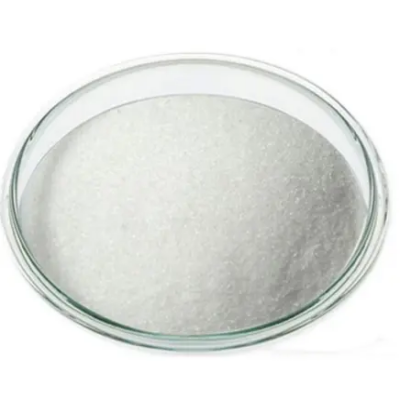
Ceftibuten dihydrate CAS:118081-34-8
Ceftibuten dihydrate is a form of the antibiotic ceftibuten that contains two molecules of water per molecule of ceftibuten. This dihydrate form enhances the stability and solubility of the antibiotic, making it suitable for pharmaceutical applications. Ceftibuten is a third-generation cephalosporin antibiotic known for its efficacy against various bacterial infections.
-
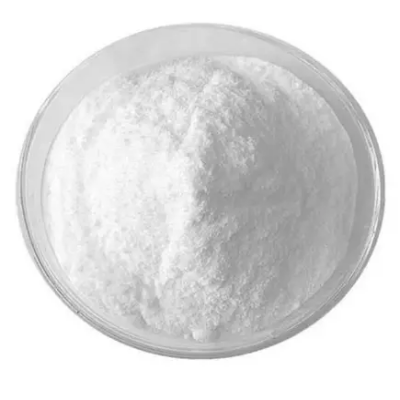
Ceftazidime CAS:72558-82-8
Ceftazidime is a third-generation cephalosporin antibiotic used to treat various bacterial infections in clinical settings. It exerts its antibacterial effects by interfering with the synthesis of bacterial cell walls, leading to cell death. Ceftazidime is effective against a wide range of Gram-negative and some Gram-positive bacteria, making it a valuable therapeutic option for serious infections.
-
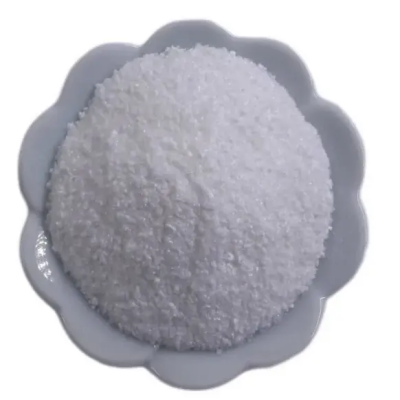
Cefquinome CAS:84957-30-2
Cefquinome is a fourth-generation cephalosporin antibiotic primarily used in veterinary medicine for treating bacterial infections in animals. It exhibits potent antibacterial properties against both Gram-positive and Gram-negative bacteria. Cefquinome is commonly administered through parenteral routes and is known for its effectiveness in combating various infectious diseases in livestock animals.
-

Ceftiofur sodium salt CAS:104010-37-9
Ceftiofur sodium salt is a formulation of the antibiotic ceftiofur in which ceftiofur is combined with sodium for enhanced stability and solubility. It belongs to the third-generation cephalosporin class of antibiotics and is commonly used in veterinary medicine to treat bacterial infections in livestock animals. Ceftiofur sodium salt demonstrates potent antibacterial activity against Gram-negative bacteria, making it valuable for addressing respiratory, urinary, and reproductive tract infections in animals.

